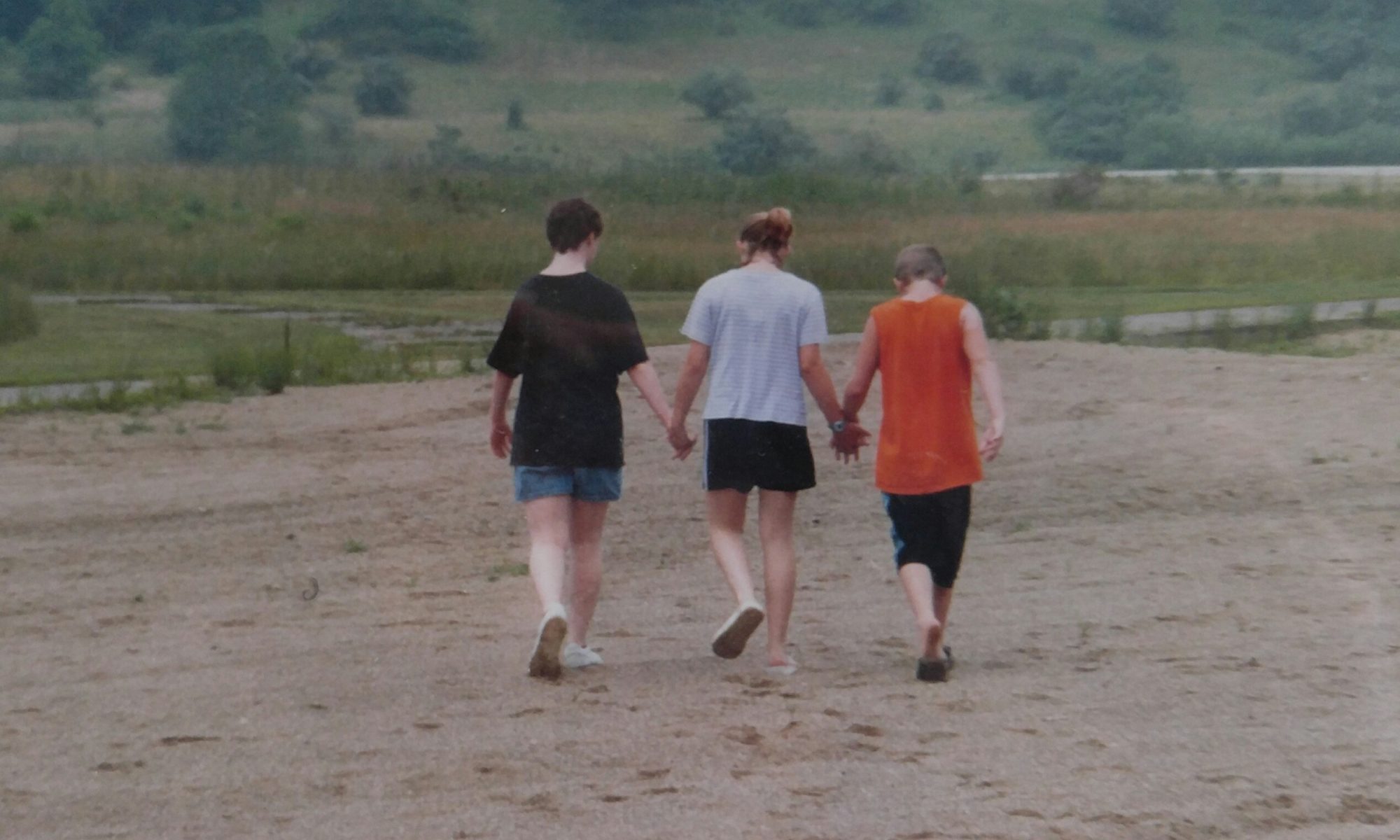
It’s been a week of so many little, big steps for Casey and Rob. I say “little, big” because to most people, these steps forward are not a big deal. To an autism family, little steps sometimes take years to see – they are big, huge, amazing steps!
One of the funniest steps forward is seeing Casey use emotions Thursday evening to try and get what she wanted. When I picked them up, she was happy and giggling. A little while later, she was crying and telling me she didn’t want to go to their day hab the next day.
Nothing I asked could help me understand why she so badly didn’t want to go. I messaged staff and was told she had been happy and engaged all day – nothing had happened. Casey kept sniffling with teary eyes saying “No Hopewell tomorrow.”
I finally stopped asking her questions and hoped she would calm down enough to tell me. And she did.
She looked at my calendar, saw I had an appointment Friday and she wanted to go to Hobby Lobby, not Hopewell. 
Saturday was a car show that Casey had been reminding me about for weeks. She was so excited to go, but she was able to understand she needed to stay with Grandma and Grandpa before we went. She even stayed happy and calm when that visit stretched longer than I planned.
As we left their house, Rob started his “on the way home” phrase. He says it 13 times whenever we get in the car to come home. (He only does this with me – for everyone else, he stays quiet until he gets home and then starts repeating it… 13 times!) We got to the car show before he was finished and he was able to stop! This is huge! His OCD requires 13 repetitions of his phrase and he controlled it.
He quietly finished his 13 times as we walked back to the car after the show.
The car show was on Main Street and we were able to walk around looking at cars without the fear that one or the other would take off. Casey even walked about half a block by herself to say hi to friends of ours! Mandy, Cory and I were all watching to see if she would go to them and stop and she did!
The look on Lyn’s face when she saw Casey by herself was priceless! I walked over to them and gave Casey a big hug and told her how proud I was. She looked at me like I was nuts, of course.
And today… We went swimming. But even better than that, all three of us played ball together for a long time in the pool. And when I got out, Casey and Rob played together! I sat on the edge of the pool and thought about the years when I couldn’t take them to a public pool without a lot of help. Look at them now!
And when it was time to go, they got out of the pool without a fuss. Again… Not too many years ago, that wouldn’t have happened. I would have been telling them 20 minutes left. 15 minutes left. 10 minutes… And so on… And probably still would have had issues.
So…. Brag about everything your child does. Who cares if it’s a skill they should have mastered years before? Brag about it to everyone! The people who truly care about your child will be as excited as you… And the ones who aren’t excited… Maybe they don’t matter as much.
Because, just like everyone else, your child with autism knows when you are proud and happy and excited. They may not be able to communicate with you, but they know and hearing you brag to everyone about a new skill they have learned is just as important to them as it is to a “typical” child. Shout from the rooftops! And be sure to let me know – I’ll spread the word and we’ll all cheer for your child!












